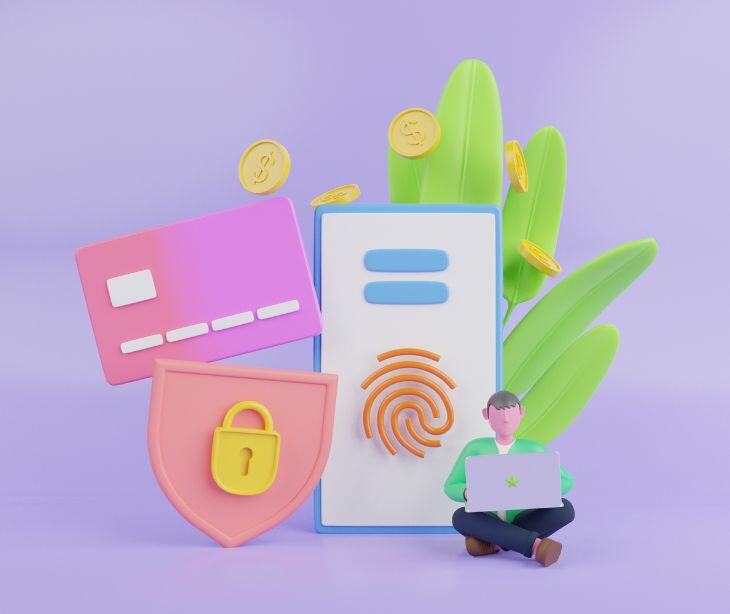
By collecting structured data through surveys, healthcare organizations can better understand the patient experience and specific areas that need improvement. Methods such as text messaging allow this task to be done in a way that is comfortable and easy for both the patient and the healthcare organization.
Text messaging for patient surveys
Text messages are a great way to gather feedback from patients. They're not only easy to open and respond to, but they're also cost-effective, especially for smaller clinics. However, the organization must create suitable surveys and use a platform respecting privacy laws, especially when dealing with sensitive health information."
Related: The guide to HIPAA compliant text messaging
Innovative uses of text messaging in patient surveys
Text message surveys can collect immediate feedback from patients while they are still in the hospital. Short surveys can be sent to patients' mobile phones to gather their opinions on various aspects of their care, such as staff responsiveness, cleanliness, and overall satisfaction. This can also be done post-discharge to gather feedback on the recovery process and the effectiveness of care received.
Patients can receive text message reminders to take their medications, and subsequent surveys can be sent to assess their adherence levels or inquire about any side effects or challenges they may be experiencing. By engaging patients in proactive health and medication management through text message surveys, healthcare providers can offer personalized recommendations and support patients in adopting healthier behaviors.
Related: Encouraging treatment plan adherence: Strategies for mental health professionals
Best practices for designing survey questions
- Personalize the messages: Address patients by name and use personalized messages to create a connection.
- Keep it concise and clear: Text messages have character limitations, so ensure that the survey questions and instructions are concise and easy to understand.
- Offer incentives: Provide patients with incentives or rewards for completing the survey.
- Timing: Send text message surveys at appropriate times when patients are most likely to engage.
- Provide context and purpose: Clearly explain the purpose of the survey and how the feedback will be used to improve patient care or outcomes.
- Limit survey frequency: Avoid bombarding patients with frequent survey requests. Respect their time and only send surveys when necessary or at reasonable intervals.
- Optimize for mobile devices: Ensure the survey and response options are mobile-friendly and easily accessible on different devices and screen sizes.
- Send reminders: Follow up with patients who have not responded to the survey.
- Provide alternative methods of communication: By offering patients alternative methods of contacting the organization, such as HIPAA compliant email, a clear line of communication is opened, ensuring that patient feels comfortable and supported through the survey process.
- Follow up with results: Share a summary of the survey results or key findings with participating patients.
Common challenges associated with using text messaging for patient surveys
One common challenge is the limited space available for survey questions and response options due to the character constraints of text messages. This can make it difficult to capture detailed or nuanced feedback from patients. Another limitation is the potential bias introduced by the nonrepresentative sample of patients who have access to mobile phones and are comfortable with text messaging.
Subscribe to Paubox Weekly
Every Friday we'll bring you the most important news from Paubox. Our aim is to make you smarter, faster.




